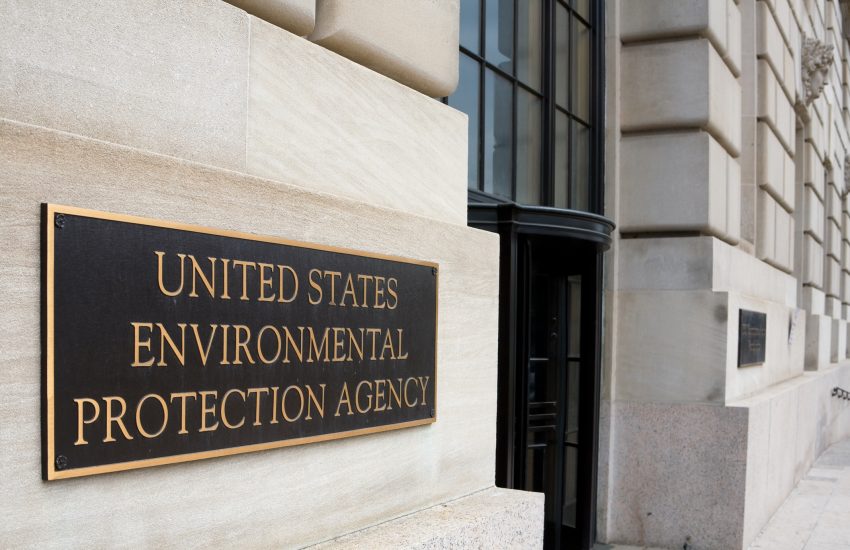On August 22, the U.S. District Court for the Western District of Louisiana permanently blocked the United States Environmental Protection Agency and the U.S. Department of Justice from implement Civil Rights Act Title VI “disparate impact” regulations within the state of Louisiana. Disparate impact assessments are typically undertaken by the federal government when determining harms to communities significantly impacted – typically lower-income communities and communities of color – by large governmental projects and industrial or commercial permitting changes. Disparate impact assessments have been prioritized by …
Continue Reading









